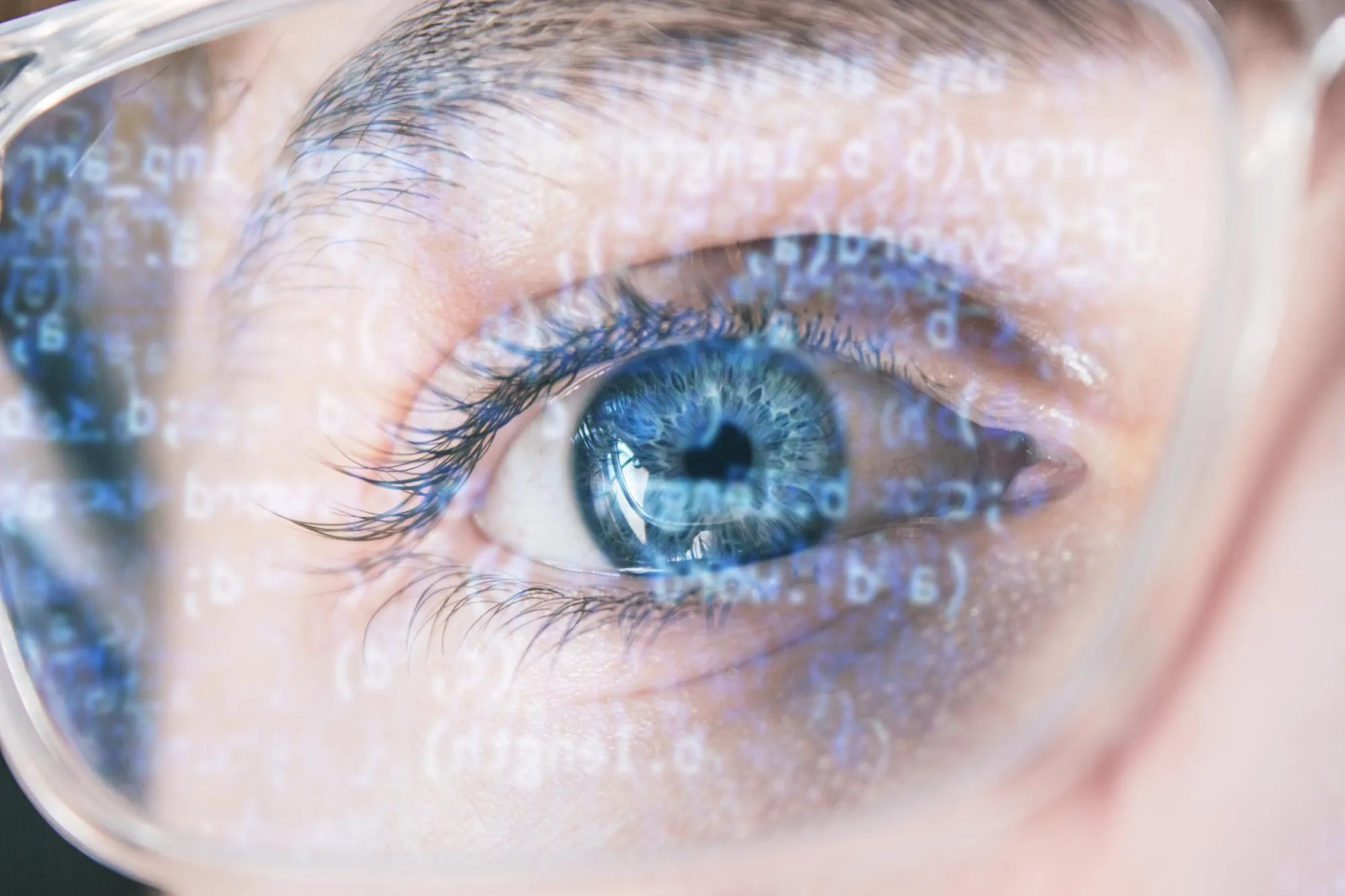Introduction
In the quest for a comprehensive understanding of visual processing, both in biological and artificial systems, researchers have long sought data that could bridge the gap between human neuroimaging studies and machine learning models. The release of BOLD5000, a sizeable functional MRI (fMRI) dataset compiled while subjects viewed 5,000 visual images, represents a significant leap forward in this endeavor. This expansive dataset not only enhances the corpus of images used in fMRI studies by several magnitudes but also harmonizes with established computer vision datasets, thus positioning itself as a critical resource for advancing vision science.
Vision Science Breakthrough
BOLD5000, curated by scientists from Carnegie Mellon University and Fordham University, with collaboration and financial support from various institutions including the United States Department of Defense, National Science Foundation, and Office of Naval Research, is an unprecedented public fMRI dataset. Spearheaded by researchers such as Nadine Chang, John A. Pyles, Austin Marcus, Abhinav Gupta, Michael J. Tarr, and Elissa M. Aminoff, BOLD5000 was conceived to address the limitations imposed by small image datasets typically used in neuroimaging experiments, which restrict the application of statistical learning methods that have revolutionized machine vision.
The Dataset
The BOLD5000 dataset encompasses nearly 5,000 distinct images that depict an array of real-world scenes. These images overlap with iconic computer vision datasets including the Scene UNderstanding (SUN) database, Microsoft Common Objects in Context (COCO), and ImageNet. This alignment ensures that the images constitute a diverse and comprehensive coverage of the visual features, categories, and semantics needed for in-depth analysis. Moreover, by employing a slow event-related fMRI design, the dataset allows for a fine-grained exploration into the neural representation of visual information.
Scientific Implications
By substantially enlarging the scope and diversity of images in fMRI studies, BOLD5000 paves the way for groundbreaking research that can simultaneously cater to the interests of the biological and computer vision communities. The dataset’s compatibility with standard machine vision datasets not only facilitates analysis with well-established statistical learning models but also enables comparative studies that align neural data with artificial intelligence (AI) computational models. Consequently, BOLD5000 brings vision science one step closer to realizing David Marr’s dream of a unified study of biological and computational vision.
Applications and Research Opportunities
BOLD5000 serves as a platform for examining the similarities and differences between biological visual systems and AI models, providing insights into the ways in which deep learning models may mimic or diverge from human visual processing. For instance, the potential for comparing the hierarchical processing in the brain’s visual cortex with the layers of neural networks in deep learning models could shed light on fundamental principles governing visual recognition and perception.
Furthermore, the availability of a dataset of this scale supports the development of more sophisticated AI models that can better approximate human visual processing. The intersection of neuroscience and AI facilitated by BOLD5000 could lead to advances in machine vision, object recognition, scene understanding, and potentially, the development of more naturalistic human-computer interfaces. Researchers can also navigate the neural correlates of visual perception in unprecedented detail, identifying specific brain regions and networks involved in the processing of various visual characteristics.
Public Access and Resource Sharing
The BOLD5000 dataset is publicly accessible and has been shared through platforms such as figshare and OpenNeuro, emphasizing the ethos of open science and collaboration. It allows other researchers to validate findings, conduct their studies, and perhaps even extend the dataset further, fostering an inclusive scientific community that works together to make strides in understanding vision.
Keywords
1. BOLD5000 fMRI dataset
2. Visual perception neuroimaging
3. Large-scale image datasets
4. Machine vision neuroscience
5. Human visual system fMRI
Contribution to the Field
The creation of BOLD5000 represents a significant contribution to vision science, enabling researchers to apply complex statistical learning approaches to human neuroimaging data. The integration with canonical machine vision datasets presents a unique opportunity for interdisciplinary work that can span multiple domains, from cognitive neuroscience to AI and beyond. It invites a broader research engagement to explore the intricate processes behind visual perception, both in humans and machines.
Conclusion
BOLD5000 is not merely a dataset; it is a clarion call for an integrated approach to vision science, marrying the rigorous analysis of neuroimaging with the computational prowess of AI. This blend of large-scale data and technological innovation is bound to accelerate discoveries in how we perceive and interpret the visual world. As Marr once envisioned, the study of biological and computer vision can indeed be intertwined, with BOLD5000 being a substantial stride toward that integrated scientific dream.
References
1. Chang, N., et al. (2019). BOLD5000, a public fMRI dataset while viewing 5000 visual images. Scientific Data, 6(1), 49. doi: 10.1038/s41597-019-0052-3
2. Yamins, D.L.K., & DiCarlo, J.J. (2016). Using goal-driven deep learning models to understand sensory cortex. Nature Neuroscience, 19, 356–365. doi: 10.1038/nn.4244
3. Deng, J., et al. (2009). ImageNet: A large-scale hierarchical image database. IEEE Conference on Computer Vision and Pattern Recognition. doi: 10.1109/CVPR.2009.5206848
4. Lin, T.-Y., et al. (2014). Microsoft COCO: Common Objects in Context. European Conference on Computer Vision. doi: 10.1007/978-3-319-10602-1_48
5. LeCun, Y., Bengio, Y., & Hinton, G.E. (2015). Deep learning. Nature, 521, 436–444. doi: 10.1038/nature14539
